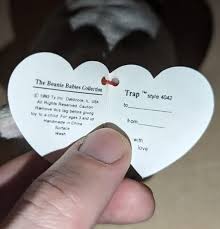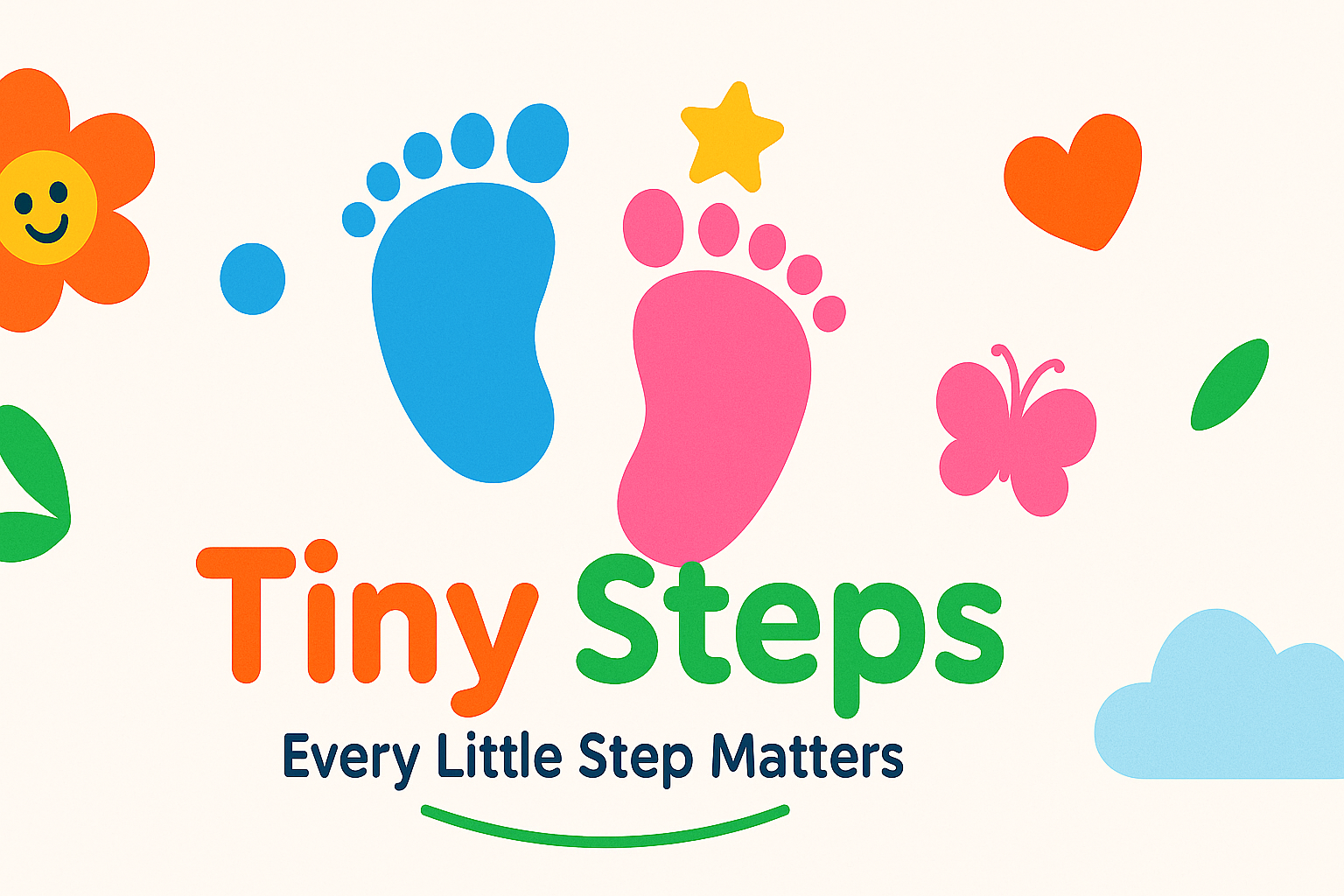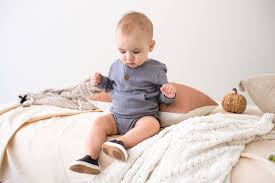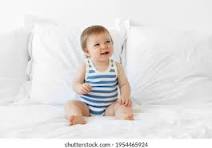17 Ways to Spot a Fake Beanie Baby: Authenticity Guide for Collectors
If you’re investing in rare or vintage Beanie Babies, knowing how to identify counterfeits is essential. While some fakes are easy to detect, others are near-perfect replicas. This guide will help you spot key flaws and ensure you’re adding genuine collectibles to your collection.
Always buy from trusted sources or verified dealers with strong reputations and reviews. Attending collector shows is also a great way to learn the feel and details of authentic Ty Beanie Babies.

If you’re unsure, consider using professional authentication services to protect your investment.
17 Signs a Beanie Baby Might Be Fake
- Spelling errors: Many fakes have typos on hang tags or tush tags. Some real ones do too, so cross-check with other signs.
- Incorrect dates or addresses: Verify the tush tag’s date and company details.
- Compare tags: Hold it next to a known genuine Ty Beanie Baby to spot differences.
- Check typeface: Is the font too light, too dark, or incorrect?
- Tag size inconsistency: Fake tags may be smaller or larger than genuine ones.
- Hang tag color: Authentic inside tag color is slightly off-white. Fakes may be bright white.
- Red color check: Real Ty tags have a bold blue-red color—not orange-red.
- Star color: The yellow star on the hang tag should be a sunshine yellow, not mustard.
- Star shape: Points on real stars are slightly rounded—not overly sharp or pointy.
- Gold border: Real gold trim is light and clean—not brassy or smudged.
- Body proportions: Counterfeits may have ears, limbs, or heads that are out of proportion.
- Stuffing: Is the head overstuffed or misshaped?
- Eye placement: Real Beanies have even, well-placed eyes. Watch for ones that are off-center.
- Eye color: Some characters have solid eyes (e.g., Humphrey the Camel). Fakes may use two-tone plastic.
- Fabric quality: Is the material rough, stiff, or colored incorrectly?
- Fabric nap: Genuine fabric is plush, smooth, and flows in all directions. Fakes may wrinkle easily.
- Overall texture: Most real Beanie Babies have a soft, high-quality feel to them. If the texture feels cheap, be cautious.

Avoid high-priced Beanie Babies on online auctions like eBay unless they are authenticated. No matter how good they look, if they aren’t verified, there’s a risk.
Use these tips to stay informed and protect the value of your Beanie Baby collection.




